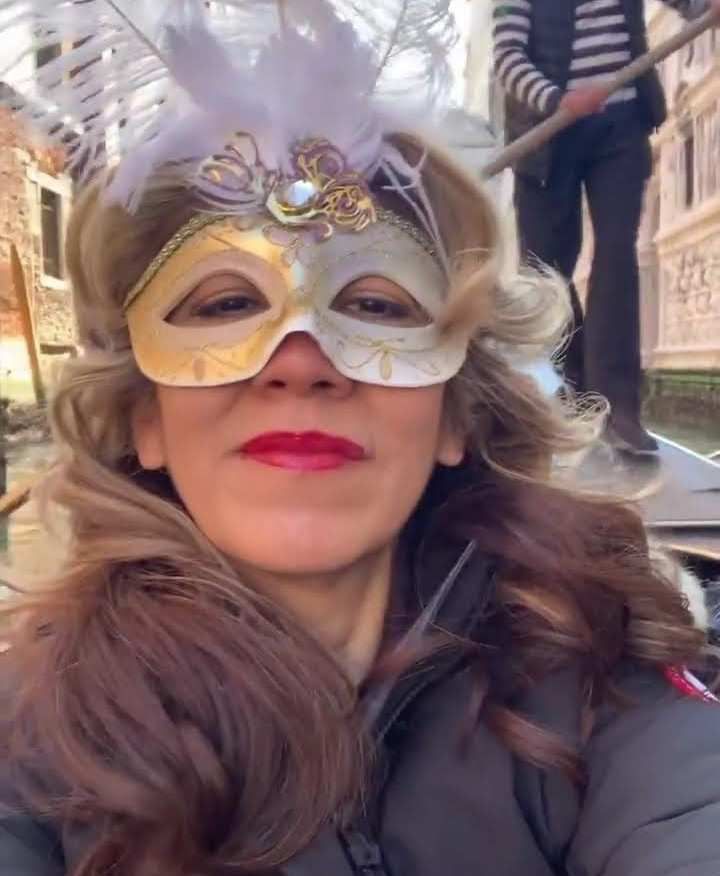
Una breve storia della gondola tra bellezza e asimmetria
Recentemente ho letto un interessante articolo accompagnato da un video si parla del quattrocentesco "squero" Casal ai Servi a Venezia dove si è costruita la storia delle gondole fino al 1920. Per i non veneziani, uno "squero" " è un porto. Oggi sopravvive grazie al lavoro di tanti volontari e tra questi c'è l'Associazione Arzanà la cui missione legale è lo studio, il restauro e la tutela delle imbarcazioni tradizionali della Laguna di Venezia. Arzanà è anche l'antico nome dell'Arsenale veneziano che Dante Alighieri trasferì nella Divina Commedia. In questo cantiere lavorano un gran numero di falegnami, in particolare Beppo Casali detto "Il Grando" a cui si deve la tecnologia dell'attuale gondola, cioè un'imbarcazione asimmetrica per sostenere la navigazione di un uomo. Ci stiamo avvicinando alla fine dell'Ottocento e fino ad allora le gondole erano quasi sempre guidate da due marinai, ma ai vecchi tempi erano poche quelle che potevano trasportare fino a trenta passeggeri. Di conseguenza il numero delle frecce aumentò, fino a dodici, come l'antica "dodesona".
A brief history of the gondola between beauty and asymmetry
I recently read an interesting article accompanied by a video on the it talks about the fifteenth-century "squero" Casal ai Servi in Venice where the history of gondolas was built until 1920. For non-Venetians, a "squero" " is a port. Today it survives thanks to the work of many volunteers, and among them is the Arzanà Association whose legal mission is the study, restoration, and protection of the traditional boats of the Venice Lagoon. Arzanà is also the ancient name of the Venetian Arsenal that Dante Alighieri transferred to the Divine Comedy. A large number of carpenters worked in this shipyard, in particular Beppo Casali known as "Il Grando" to whom we owe the technology of today's gondola, that is, an asymmetrical boat to support the navigation of a man. We are approaching the end of the nineteenth century, and until then gondolas were almost always driven by two sailors, but in the old days there were few that could carry up to thirty passengers. As a result, the number of arrows increased, up to twelve, like the ancient "dodesona."
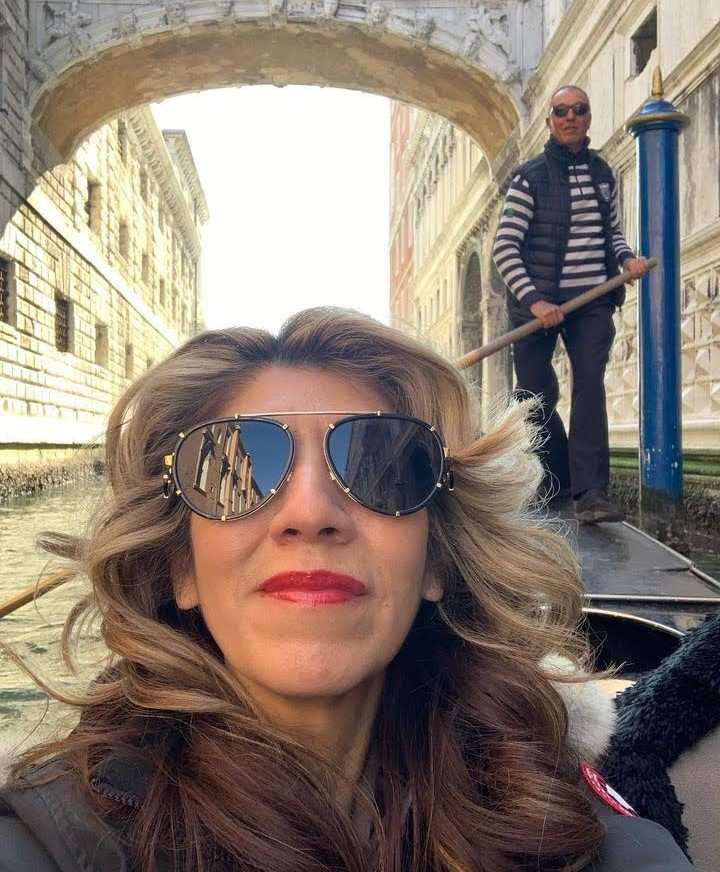
Nel tempo questa nave venne utilizzata per trasportare persone o come simbolo, lasciando altre merci sulle navi in fuga. Entrambi sono importanti in un paese con pochi ponti che collegano le isole, strade spesso strette come buche e dove i corsi d’acqua sono più facili di quelli terrestri. Fin dal primo periodo di insediamento sul lago, i Veneziani avevano già familiarità con l'acqua e con l'uso delle imbarcazioni. L'evoluzione della gondola
Over time this ship was used to transport people or as a symbol, leaving other goods on fleeing ships. Both are important in a country with few bridges connecting islands, roads that are often as narrow as potholes, and where waterways are easier than land. From the earliest period of settlement on the lake, the Venetians were already familiar with water and the use of boats. The evolution of the gondola
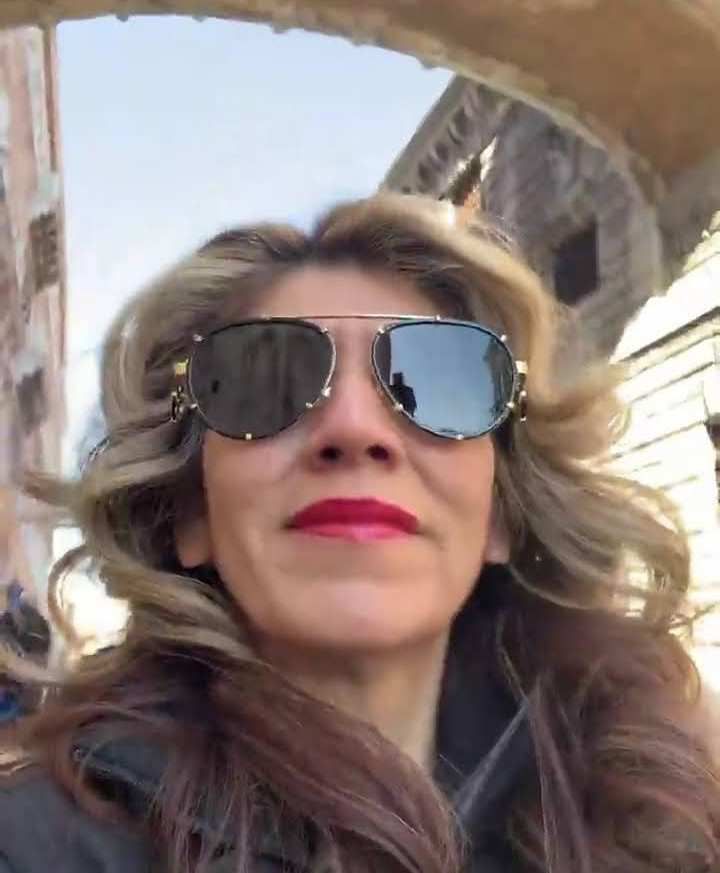
Sembra che il nome gondola, o "vendola", o "grondola", sia molto antico, anche tra i persiani. Nel senso di vaso significa nel latino di Giovenale "gonfia", e nel greco antico "kandy", specie di coppa. Lo stile, che è corto, non sottile, forte, scarno, inizierà nei secoli passati fino a raggiungere gran parte e ricoprirsi di stoffa e damasco. Dipinti del XV e XVI secolo mostrano una nave molto diversa da quella attuale Allora la prua sarà più stretta e le sedute, quando sarà piatta e bassa sull'acqua, perderanno la forma originaria e avranno una forma curiosa. Il chiodo per sostenere la lancia, dapprima piatto e sottile, alla lunga avrà la forma di un ginocchio. Inoltre, la flotta inizierà ad esagerare le insegne e gli addobbi, al punto da costringere più volte il governo della Serenissima a cercare di ridurre, attraverso restrizioni finanziarie,
It seems that the name gondola, or "vendola," or "gondola," is very ancient, even among the Persians. In the sense of vase it means in Juvenal's Latin "swells," and in ancient Greek "kandy," a kind of cup. The style, which is short, not thin, strong, and gaunt, will begin in the past centuries to reach much of and be covered with cloth and damask. Paintings from the 15th and 16th centuries show a ship very different from the present Then the bow will be narrower and the seats, when flat and low on the water, will lose their original shape and have a curious shape. The spike to support the spear, at first flat and thin, will in the long run have the shape of a knee. In addition, the fleet will begin to exaggerate the insignia and decorations, to the point that several times the Serenissima government will be forced to try to reduce, through financial restrictions,
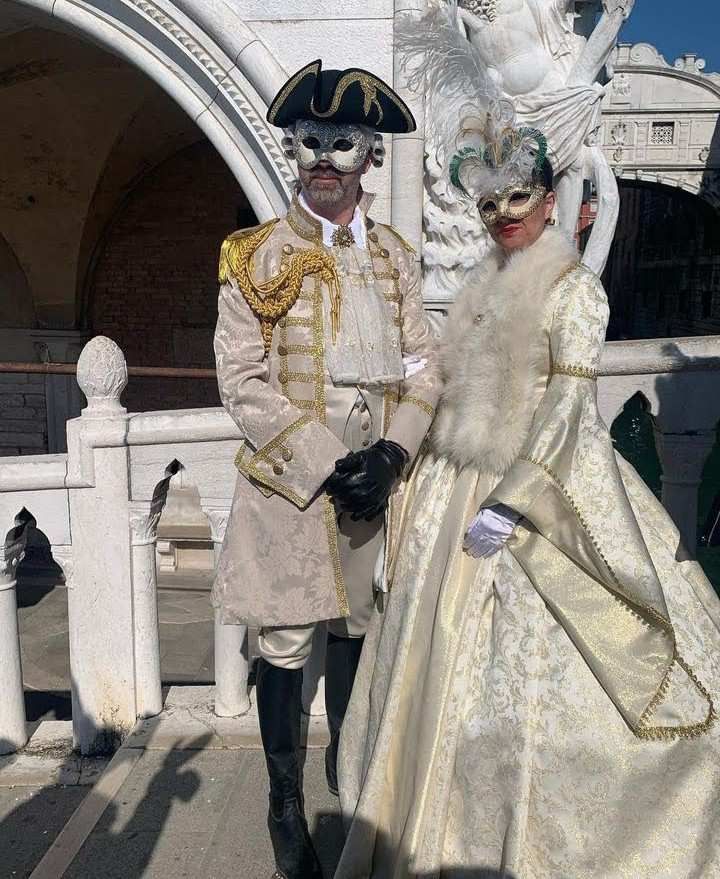
quella che è diventata una vera e propria competizione di sfarzo. Anche il "felze" posto per metà sulla murata della nave, una semplice copertura curva ricoperta di rami, stoffa o legno per proteggere il viaggio dalle intemperie, ma anche da sguardi indiscreti, si trasformerà nel tempo in qualcosa di ostentazione di lusso e potenza. E' concepito con un divano rivestito, come tutta la stanza, con tessuti pregiati come rasi, sete, broccati, ecc., l'aggiunta di specchi e vetrate riducenti con raffinata passamaneria nera e fiocchi di seta all'estremità, alte 'e trenta sei in mezzo. piccolo e grande, andrà in pensione nel XIX secolo.
what has become a veritable pageantry competition. Even the "felze" placed half on the ship's broadside, a simple curved cover covered with branches, cloth or wood to protect the voyage from the weather as well as from prying eyes, will in time be transformed into something of an ostentation of luxury and power. It is conceived with a couch covered, like the whole room, with fine fabrics such as satins, silks, brocades, etc., the addition of mirrors and reducing glass windows with fine black trimmings and silk bows at the end, high 'and thirty sixes in between. small and large, it will be retired in the 19th century.
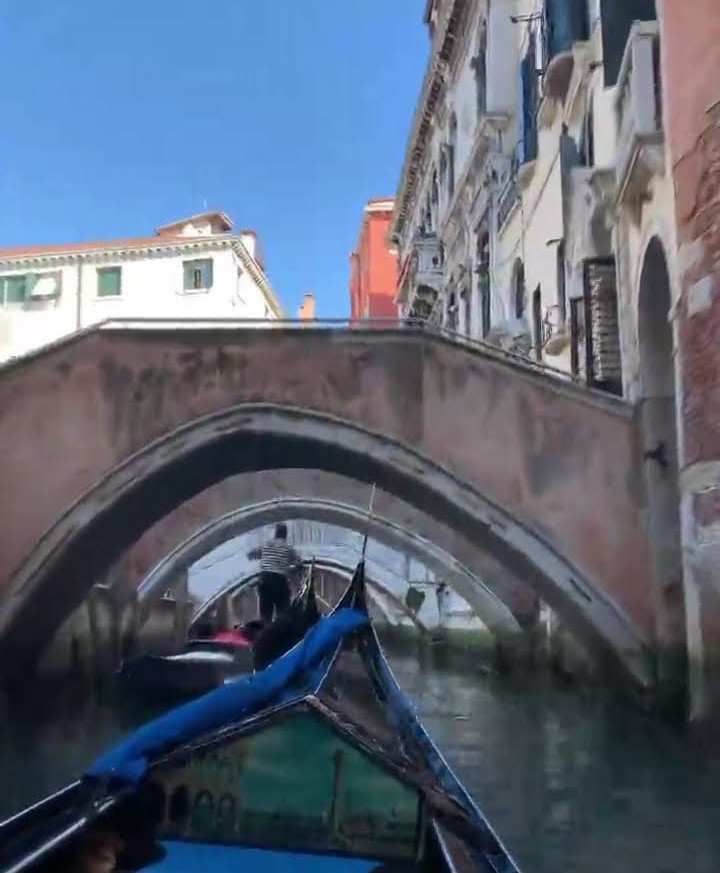
L'albero della gondola
Per scolpire la lancia, i piedi veneziani di lunghezza, ovvero più di quattro metri, viene utilizzato innanzitutto il legno di acero. Successivamente continueremo a dividere il faggio, cioè divideremo il tronco in cunei longitudinalmente in quattro lati per ottenere un massimo di ricchezza completamente buona, senza tacche, senza giunture e che abbia una "buona" larghezza applicata. giù, cioè. una pala.
The gondola mast
To carve the spear, the Venetian feet in length, that is, more than four meters, maple wood is used first. Next we will continue to split the beech, that is, we will split the trunk into wedges longitudinally in four sides to get a maximum of completely good richness, without nicks, without joints and having a "good" width applied. down, that is. a shovel.
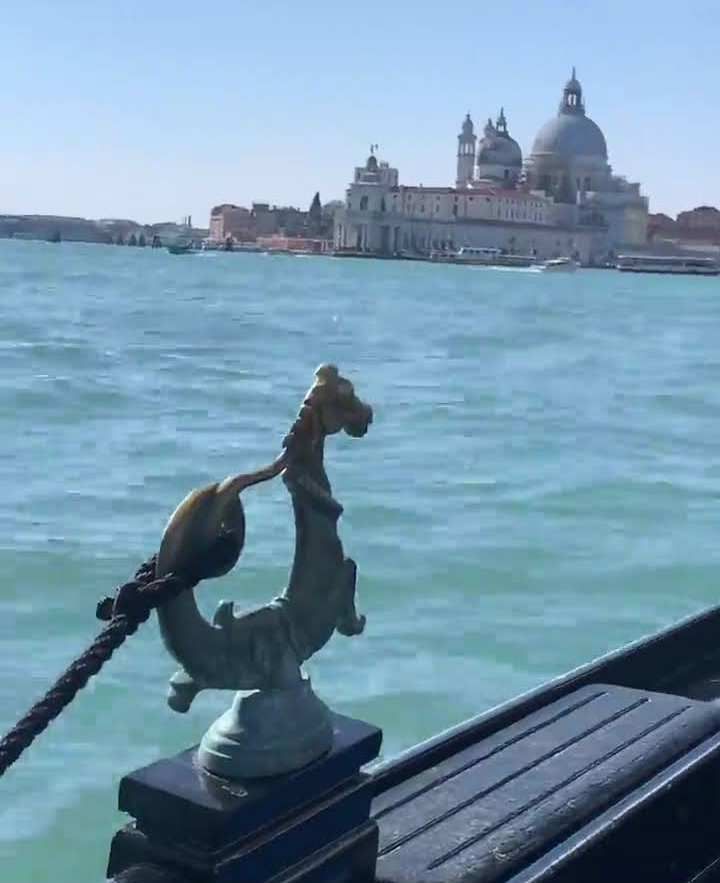
La pelle svilupperà asimmetrie laterali che le permetteranno di navigare solo per i tre quinti delle acque profonde, con il vantaggio che la navigazione richiederà meno sforzo. Allora l'evoluzione diventerà un'arte, un'opera unica, infinita e la gondola sarà abbinata a otto tipi di legno diversi: rovere perché è forte, olmo perché cambia, abete perché è un ciliegio, è leggero perché può curva. . e il fuoco dell'erba, il larice perché è resinoso, il mogano perché è privo di conosciuto, il tiglio perché non cambia col calore, il noce perché è duttile. In totale è composta da 280 pezzi per una lunghezza compresa tra 10,80 e 11 metri, una larghezza tra 1,40 e 1,60 metri, la sinistra è più larga della destra. Mogli e Gondola
The skin will develop lateral asymmetries that will allow it to navigate only three-fifths of the deep water, with the advantage that navigation will require less effort. Then evolution will become an art, a unique, infinite work, and the gondola will be matched with eight different types of wood: oak because it is strong, elm because it changes, fir because it is a cherry, it is light because it can curve . . and grass fire, larch because it is resinous, mahogany because it is free of known, basswood because it does not change with heat, and walnut because it is pliable. In total it consists of 280 pieces with a length between 10.80 and 11 meters, a width between 1.40 and 1.60 meters, the left being wider than the right. Wives and Gondola
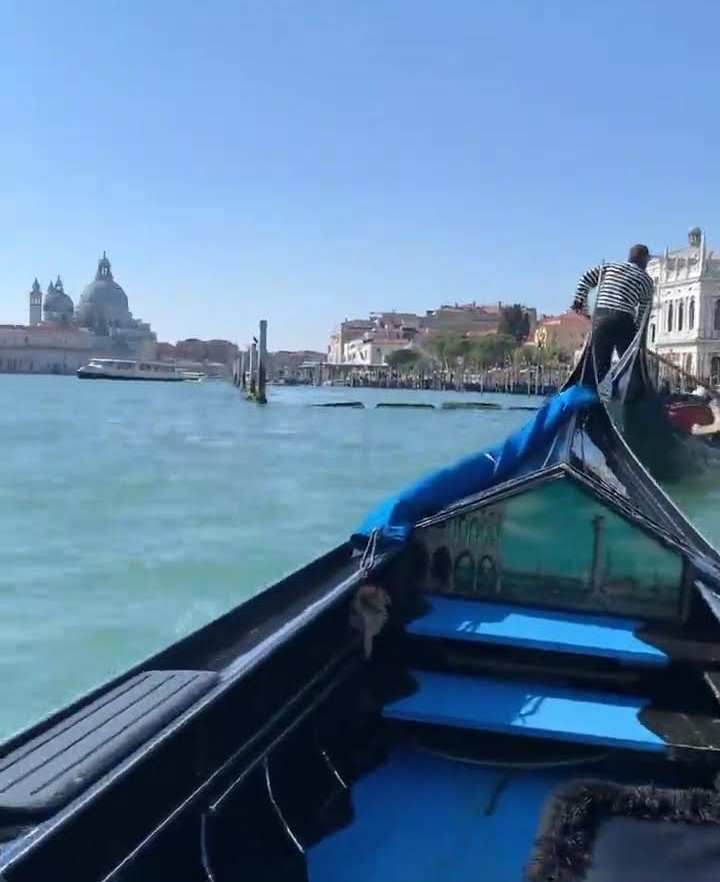
La gondola ha creato un proprio spazio anche durante la cerimonia nuziale: è consuetudine, infatti, che le spose facciano visita ai genitori rinchiusi in un monastero (vedi “Quando a Venezia ci sposammo per contratto” fino all'epoca e al Rinascimento.Sempre con l'intento di lottare contro l'eccessiva opulenza e lusso, a partire dal 1609, il legislatore veneziano fece diventare per legge nero il colore per tutta la nave, compito semplice dato che la pece utilizzata per bloccare il legno era già nera. Le gondole private sono regolamentate dalla legge e rivestite con panni di lana leggera dello stesso colore invece di damaschi e tessuti costosi.
The gondola also created its own space during the wedding ceremony: in fact, it is customary for brides to visit their parents confined in a monastery (see "When in Venice We Married by Contract" up to the era and the Renaissance.Again with the intention of combating excessive opulence and luxury, beginning in 1609, the Venetian legislature made the color for the entire ship black by law, a simple task since the pitch used to block the wood was already black. Private gondolas are regulated by law and covered with light wool cloths of the same color instead of damasks and expensive fabrics.
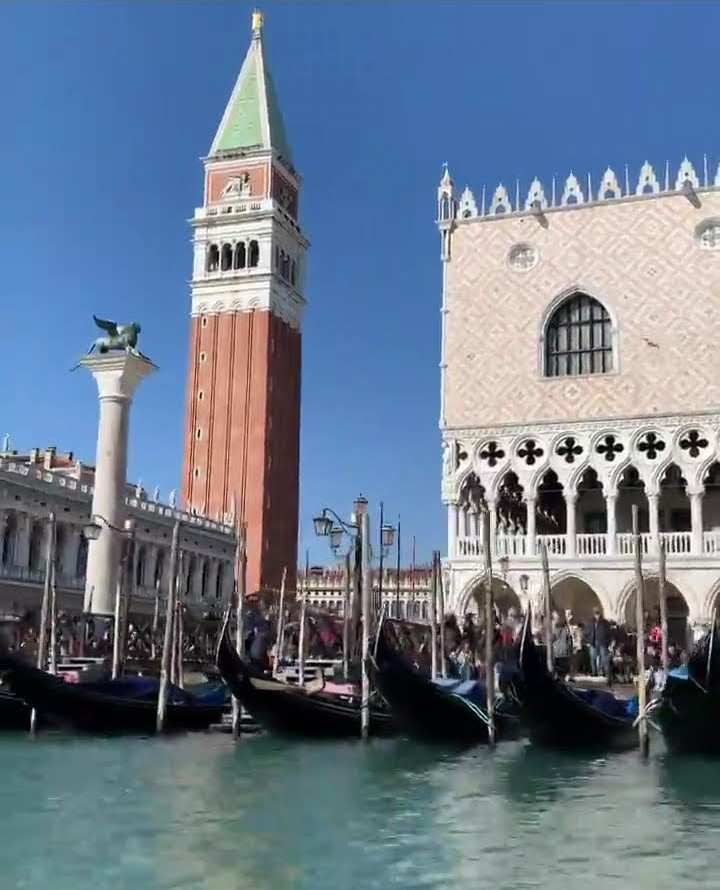
Tuttavia, l’idea che si volesse utilizzare il nero per commemorare, a partire dal 1630, migliaia di persone morte a causa della malattia non ha trovato fondamento storico. Simboli raccolti
Nel tempo, la parte anteriore e posteriore in "ferro", che presenta una sottile asta in acciaio, diventerà gradualmente sempre più grande in termini di qualità estetica. Soprattutto la prua, con l'utile funzione di correggere il peso del gondoliere dietro,
However, the idea that black was intended to be used to commemorate, beginning in the 1630s, thousands of people who died from the disease has found no historical basis. Collected symbols
Over time, the "iron" front and back, which features a thin steel rod, will gradually become larger and larger in aesthetic quality. Especially the bow, with the useful function of correcting the weight of the gondolier behind
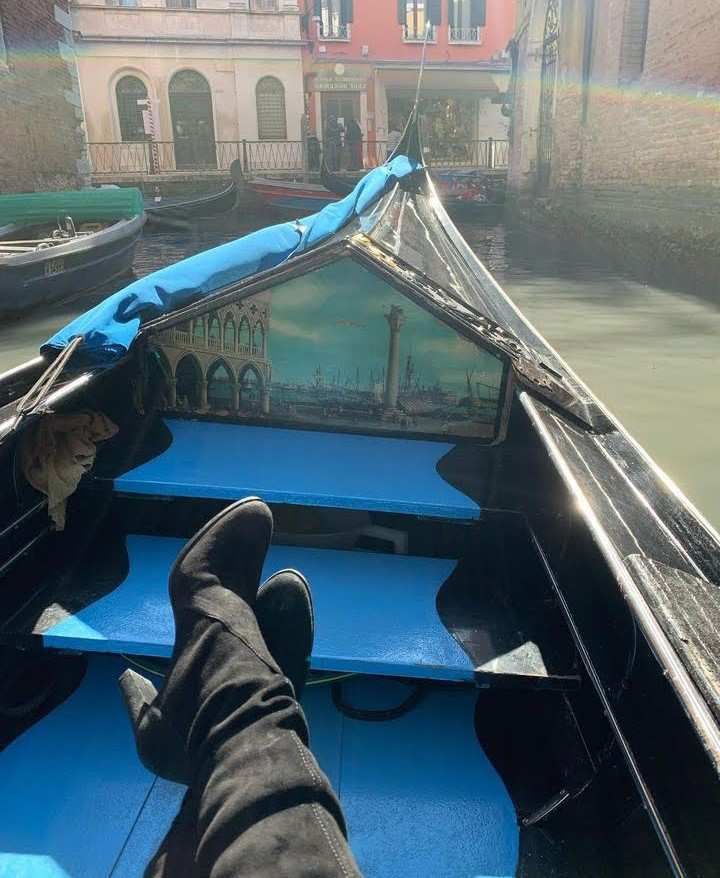
sarà un insieme di simboli celebrativi del Canal Grande, del corno ducale, cioè la testa del doge, del ponte di Rialto e del bacino di San Marco. nel seminterrato. parte superiore; Isola della Giudecca con una protuberanza verso il fondo e sei sestieri e quelli verso prua, intervallati da altre tre decorazioni, dette "a libro" rappresentanti le isole di Murano, Burano e Torcello. Il ferro posteriore, che è più piccolo della prua e la cui funzione principale è quella di proteggere la barca dagli urti, si chiama “rìço” ed è la parte più alta della gondola.
will be a set of celebratory symbols of the Grand Canal, the ducal horn, i.e., the doge's head, the Rialto Bridge and St. Mark's Basin. in the basement. upper part; Giudecca Island with a prominence toward the bottom and six sestieri and those toward the bow, interspersed with three other decorations, called "book-like" representing the islands of Murano, Burano and Torcello. The rear iron, which is smaller than the bow and whose main function is to protect the boat from bumps, is called "rìço" and is the highest part of the gondola.

Chi costruiva e guidava le gondole della Serenissima
E "squèri", parola dall'etimologia incerta, deriva probabilmente dal greco "eskharion", che significa costruire un luogo, probabilmente con gli strumenti usati dai falegnami, e "squara", l'abilità "squeraroli" che avviava le gondole sul mare e canali. Il primo, destinato al servizio ausiliario del trasporto passeggeri e merci dalla nave al porto e viceversa, è molto ampio. Quelli destinati alle persone più piccole, che possono navigare nei canali più stretti. Furono costruite anche gondole private per coloro che potevano permettersi il lusso di possederne una e per i più facoltosi.
Who built and drove the gondolas of the Serenissima.
And "squèri," a word of uncertain etymology, is probably derived from the Greek "eskharion," meaning to build a place, probably with the tools used by carpenters, and "squara," the "squeraroli" skill that started gondolas on the sea and canals. The former, intended for the auxiliary service of transporting passengers and goods from ship to port and vice versa, is very large. Those intended for smaller people, who could navigate the narrower canals. Private gondolas were also built for those who could afford the luxury of owning one and for the wealthy.

Quando si naviga sulle gondole "de' casada", cioè le gondole private delle buone famiglie, soprattutto nel XVI secolo, è frequente vedere servi con armature e abiti di famiglia ben vestiti e sulla nave stessa. Spesso questo lavoro veniva fornito da tartari, circassi o mori.
When sailing on the "de' casada" gondolas, i.e., the private gondolas of good families, especially in the 16th century, it is common to see servants in armor and well-dressed family clothes and on the ship itself. Often this labor was provided by Tartars, Circassians or Moors.
Di tutte queste cose parlo nel libro Il Signore di Notte, un mistero a Venezia nel 1605, dove l'attore, Francesco Barbarigo, nei panni di un investigatore si reca di tanto in tanto verso nuove indagini, quando alcuni amori sono estremi. .I talk about all these things in the book The Lord of the Night, a mystery in Venice in 1605, where the actor, Francesco Barbarigo, as a detective goes from time to time to new investigations when some loves are extreme. .
It is a pleasure for us to share our best wishes and congratulations. You have been given a virtual hug by the curation account @newvisionlife and manually curation by @OneRay.
Life never ends and there are new ways to see it. Tell us yours in our community
Es un placer para nosotros compartir nuestros mejores deseos y felicitaciones. Usted ha recibido un abrazo virtual de la cuenta de curación @newvisionlife y curado manualmente por @OneRay
La vida nunca termina y hay nuevas formas de verla. Cuéntanos la tuya en nuestra comunidad
grazie mille